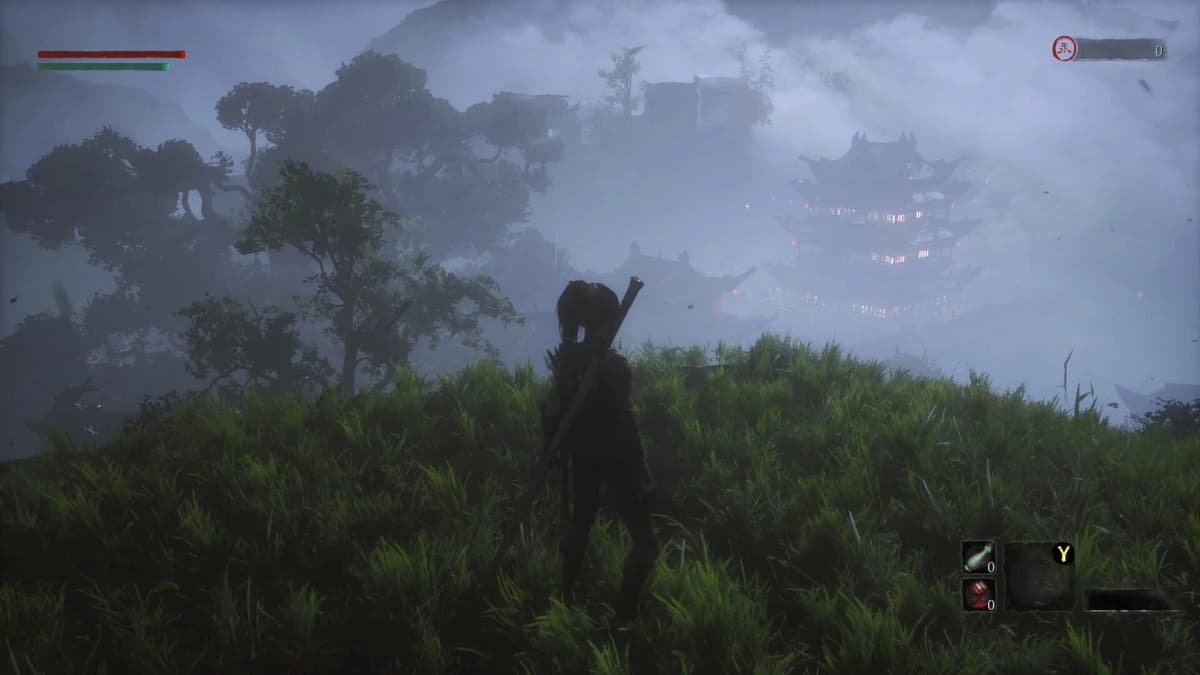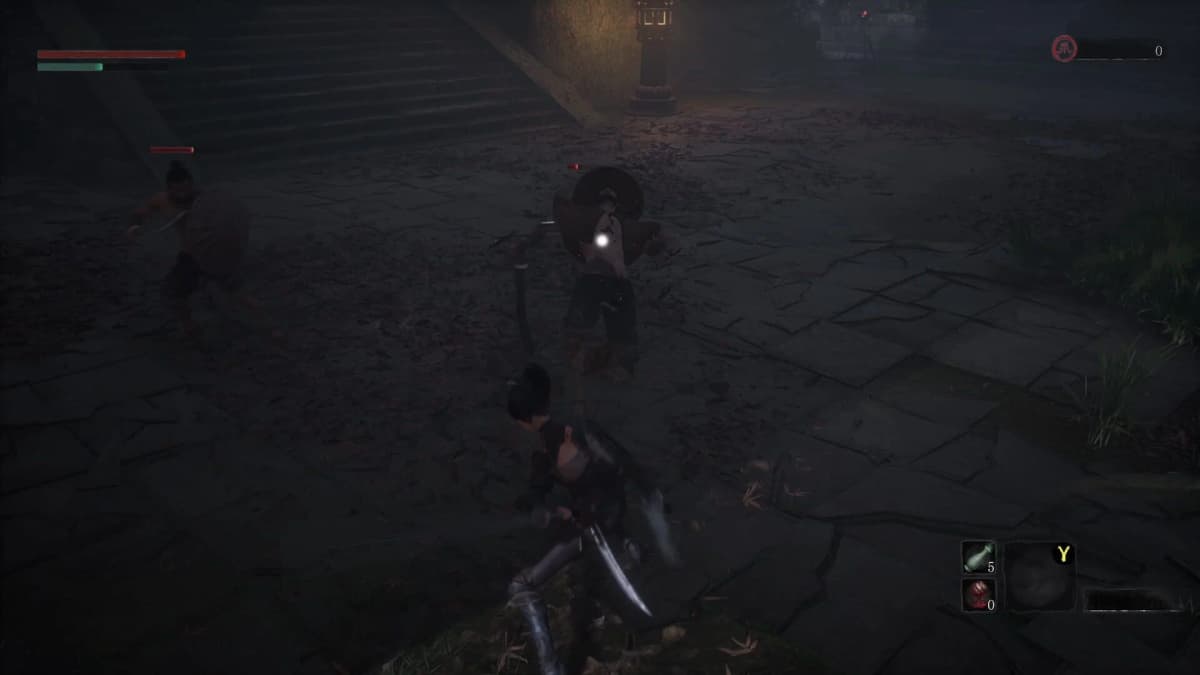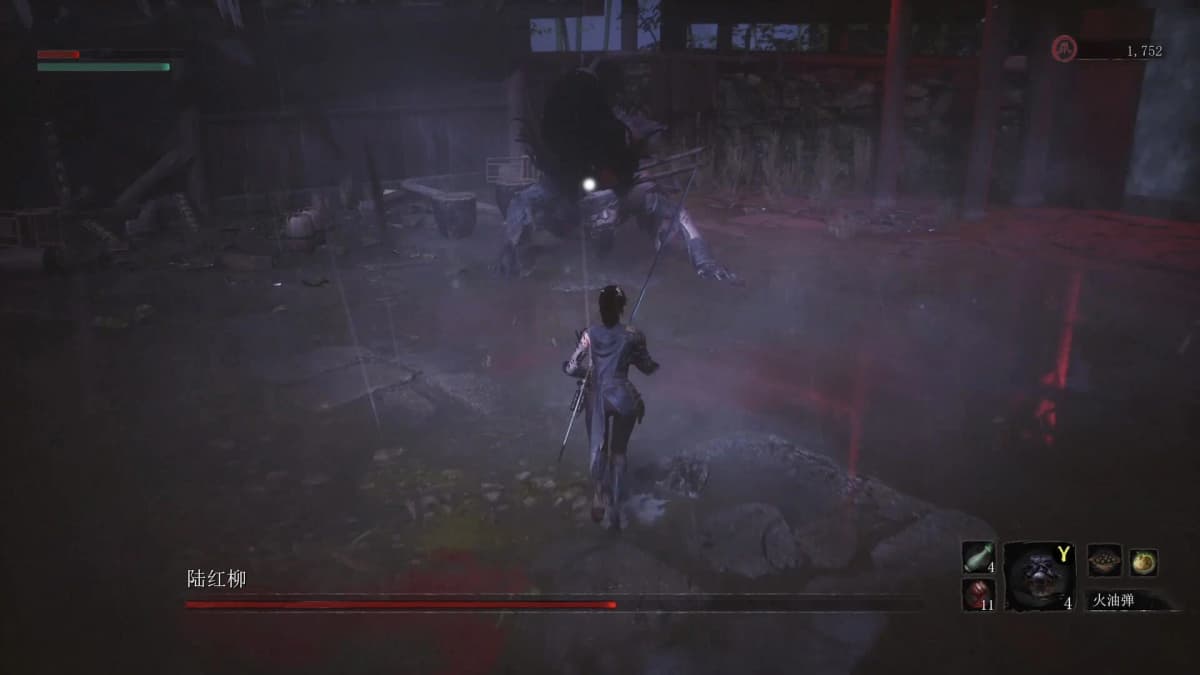
Game intel
Wuchang: Fallen Feathers
WUCHANG: Fallen Feathers is a soulslike, action RPG set in the land of Shu during the dark and tumultuous late Ming Dynasty, plagued with warring factions and…
Before I ever picked up the controller, I’ll admit: I was skeptical. I’ve played my share of Souls-likes-some legit game-changers, a whole stack of copycats, and more than a few that made me wish for a refund. So, when Leenzee Games put out their debut with Wuchang: Fallen Feathers, I didn’t expect to be surprised. But the whole “dark legend in mythic China” vibe, layered with talk of unique mechanics and a twisted world, got its hooks in me. I dove in on my PS5 Pro, ready to put my jaded heart to the test.
Right out of the gate: this game hurts in all the familiar ways-a true sign you’re in Souls territory. The combat? Punishing. The enemies? Masters of the sucker punch. The atmosphere? Oppressive, and laced with that vague, unravel-it-yourself lore that makes you question every cryptic note and NPC mutter. Still, the very first steps down that gloomy cave as Bai Wuchang, blades at the ready, had me thinking, “Okay, let’s see if you’re just wearing the feathers or if there’s meat on these bones.”
Wuchang wastes no time pulling you into its rot-ridden setting. That opening—waking in darkness, memory shattered, every footstep echoing with hints of a past life—was a textbook mood-setter. This is Soulslike lore at its core: piecemeal, grim, proud in its opacity. The “Ornithropy” disease, which infects the world and even your own body, gives the whole place a sense of decay and threat, and it isn’t some half-baked gimmick—your birdlike mutations are woven right into both story and gameplay.
But what really hit me in the first couple of hours was the map design. Wuchang bucks the open-world trend and instead carves five big, interconnected zones—think Dark Souls 1 at its best, not the sprawling wilds of Elden Ring. No world map handholding here. Instead, I found myself creeping through winding alleys, doubling back to unlock shortcuts, and finding those “oh wait, I’ve been here before!” moments that reminded me why I love this subgenre. And the transitions? No loading screens, no jarring teleports—every zone flows into the next. That seamlessness makes discovery feel organic, never forced.
Where a lot of Souls-likes fall flat is treating combat as a rote copy-paste. Wuchang actually dares to tinker. My first surprise? The “discipline skill” system. Every weapon has a bespoke ability: hammers counter instead of block, double blades deflect and sting back. Initially, I thought it was a minor twist, but after swapping between a razor-quick saber and a brutal two-handed axe, I realized each weapon is practically a different beast. Swapping gear isn’t just about the numbers—you get new playstyles, new timing demands, and a real reason to step out of the comfort zone.
The real “aha!” moment, though, was learning to exploit the Skyborn Might meter. Think of it as a momentum system: time your dodges, land clean attacks, chain combos, and you fill this cosmic gauge. Unlike classic Souls “play it safe” strats, Wuchang rewards aggression and precision by letting you cash in that Skyborn Might for massive weapon skills or “spells,” all of which can turn the tide—but cost dearly if misused. There’s still stamina to juggle, but the ebb and flow of fights feels… looser, more jazzy. After about ten hours, I started deliberately mixing up my build just to see what kind of chaos I could cook up.

Customization goes deep. You’re not stuck with one path, either. There’s a six-branch skill tree, plenty of gear slots, four “spell” rings to equip (every one with its own cooldown/workings), three pendants (passive bonuses), and a bunch of weapons—each with their own special move to master. Screw up your build? Who cares! You can re-spec mercilessly at the altars, swapping from spear-dancer to hammer-chad without punishing grind.
And yes, Wuchang straight up encourages experimentation. I remember one boss giving me fits—blocking, dodging, whittling my life away inch by inch. Desperate, I swapped out my tried-and-true longsword for a poison dagger build, added a stack of “Madness” (the game’s risk-reward system that offers power at a cost to stability) and suddenly the encounter flipped on its head. I blitzed through it, not just because I was “better”—but because the tools I’d ignored for ten hours turned out to be exactly what I needed.
If you love fiddling with numbers and changing up your kit, strap in. You can transmogrify almost every weapon, letting you keep those stats but swap up visual style. Aesthetics matter. I found myself rocking a rusty, curved sword just because it looked brutal—then switched it out for something sleeker after stumbling on a hidden forge. You can re-distribute (and then redistribute again) your upgrade points almost endlessly, which is so liberating after the “make your bed, now sleep in it” attitude of other games.
Resource management is core and, at times, stressful—in a good way. Dying means you drop your “Red Mercury” (basically the Souls currency), but with a heavier sting if you’ve amped up your Madness buff. Do you go all-in for the next miniboss, risking it all for more raw power? Or play it safe, banking what you have at the next altar and living to fight another day? In my 30+ hours, I forfeited so much Mercury due to death-greed that I literally started laughing at my own stupidity. But it never felt unfair—just cruel, which is exactly what I want from this genre.

What surprised me halfway through was how the Chinese mythological influences weren’t just window dressing. Sure, the enemies sometimes fall into the “mutated beast” bucket, but every region—from misty temple ruins to giant corrupted forests—feels grounded in the setting, never generic. Lore is as cryptic as ever: descriptions on items, obscure bits of dialogue, quests that only make sense after you piece together three different clues or, in one case, spam an emote at a weird door after reading a barely-legible note. It’s classic Souls—sometimes annoyingly so, but fans will lap it up.
Secondary quests are subtle. Most are easy to miss your first time through; some involve reading the world more than your quest log (if you can even call it that). Once, I backtracked through an entire region just to see if my new “greeting” emote would unlock a door a strange hermit had shown me earlier. It did. And the feeling of cracking that mystery? Pure dopamine.
Let’s get technical. Wuchang gives you three graphics modes: Quality, Balanced, and Performance. I tried all three to see how the game handled those crowded, hectic fights. On Performance, I rarely dipped below 60 frames per second—even when half the screen was particle effects and glowing birds. Quality mode made the lighting richer but definitely felt less snappy. For boss fights, I stuck to Performance for the smoother dodge timing. Environments can look a tad muddy up close and some animations lack the ultra-refinement of, say, a FromSoftware first-party release. But nothing broke immersion for me, and bugs were trivial (a stuck enemy here, some floating loot there—nothing game-breaking after two major patches).
Load times? Nearly nonexistent between regions. I clocked about four seconds from title screen to gameplay, which is stellar compared to some genre rivals. The only hiccup was a minor stutter when streaming into new, especially dense areas, but it smoothed out after a couple of seconds every time.
Wuchang: Fallen Feathers is not, and I repeat not, for the faint of heart. If you’ve bounced off previous Soulslikes because of frustration, the game does little to soften the classic “learn or die” curve. The early hours especially punish impatience and reward careful exploration and note-taking. But for veterans, or even intermediate fans who want something with a tiny bit more build/freedom and hybrid action-RPG mechanics, this game is a real treat.

The biggest drawback? Sometimes, complexity gets in its own way. The skills menus are not as legible as you’d hope—branches overlap, stats aren’t always explained, and interpretation of effect stackings can be muddy, especially at first. I found myself searching for clarity online a few times before newfound confidence made it click. There’s also a certain “almost but not quite” polish to enemy variety and boss movesets. You’ll see patterns repeat, and a few bosses feel less dramatic than their hulking designs promise. The world, while dense and atmospheric, straddles that fine line between “cohesive” and “recycled” at times.
After more than 35 hours, dozens of deaths, a frankly embarrassing amount of Mercury lost to my own stubbornness, and so many swapped builds I lost count, I can say this: Wuchang: Fallen Feathers is the best non-FromSoftware Soulslike I’ve played in years. It’s aggressive, flexible, and surprisingly fresh for a genre that has felt stagnant. Is it perfect? Not remotely. But for anyone even a little burned out on safe genre clones, and craving mythic flavor with actual mechanical risk, it’s the real deal.
Wuchang: Fallen Feathers is an unapologetic, feature-rich action RPG packed with combat depth, build freedom, and evocative design. It’s weird, hard, sometimes messy, and sometimes beautiful—just like all the best Souls games. I give it an 8.5 out of 10.
If you love learning a game the hard way, cherish deep theorycrafting, and enjoy dark folklore, this is a must. If you want a breezy, guided stroll, look elsewhere. But for me? Wuchang isn’t just another featherweight Soulslike. It’s a new contender with plenty of fight in its wings.
Get access to exclusive strategies, hidden tips, and pro-level insights that we don't share publicly.
Ultimate Reviews Strategy Guide + Weekly Pro Tips